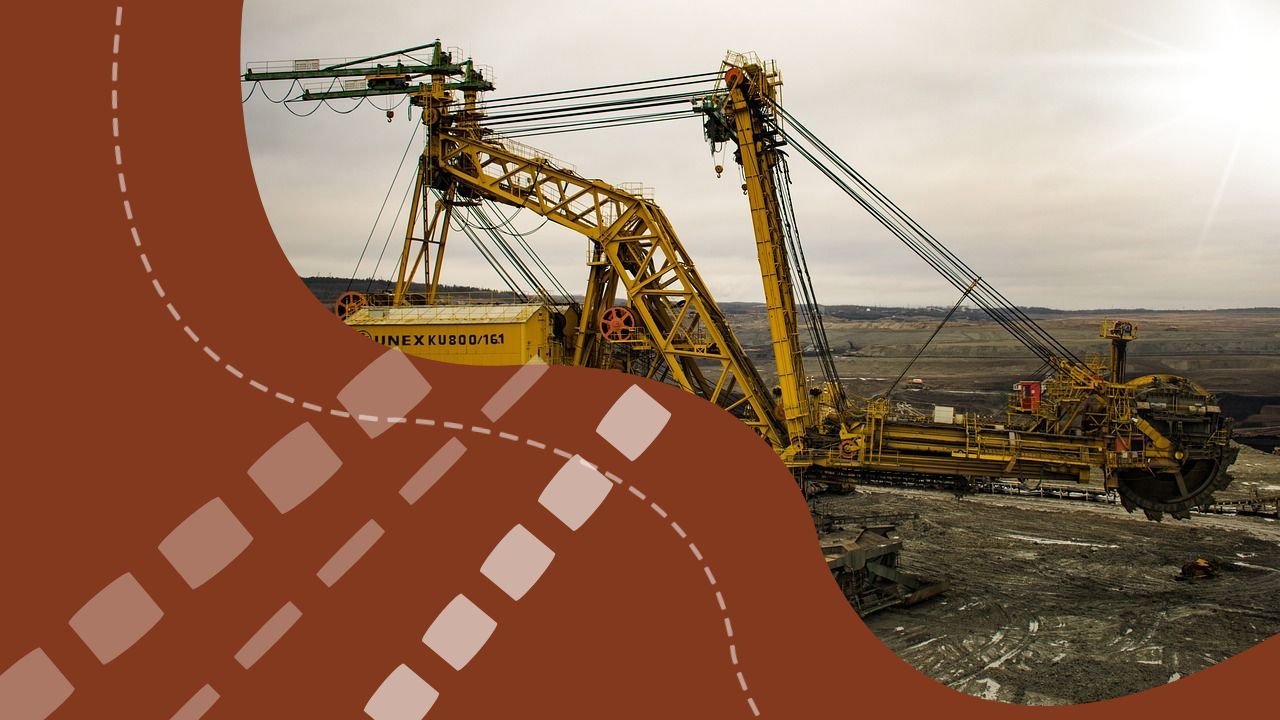The Western Tian Shan mountains in the Kyrgyz Republic have a history of uranium mining that began in the mid-20th century and continued for several decades. Uranium mining in the region ceased by the early 1990s, and the collapse of the Soviet Union led to the abandonment of mining and processing sites. These sites were left without proper containment, leading to the exposure of local populations and the environment to contaminants. The small settlements of Min-Kush and Shekaftar, established in the late 1940s as uranium mining towns, faced unemployment and devastation after the industry’s decline.
In response to the environmental and social issues stemming from former uranium mining activities, the European Union initiated the establishment of the Environmental Remediation Account for Central Asia (ERA) in 2015. The European Bank for Reconstruction and Development (EBRD) was tasked with managing the ERA, leveraging its experience in decommissioning and remediation. The ERA received significant funding from the EU and additional donations from Belgium, Lithuania, Norway, Spain, Switzerland, and the United States, allowing remediation work to begin in the Kyrgyz Republic.
Between 2020 and 2022, the towns of Min-Kush and Shekaftar underwent full remediation, completed on schedule and under budget. This remediation work has mitigated the risk of radioactive pollution for local communities, making the towns environmentally safe and paving the way for sustainable economic activities such as tourism and eco-farming.
The remediation of these sites is crucial given the potential environmental effects of uranium mining, which can impact air quality, soil, surface water, groundwater, and biota. Uranium mining can lead to the release of radioactive materials and heavy metals, posing health risks to nearby communities.
The ERA’s efforts in Central Asia are part of a broader initiative to address the legacy of Soviet-era uranium mining in the region, with the goal of protecting human health and the environment from the hazards posed by abandoned uranium mining and processing sites.

